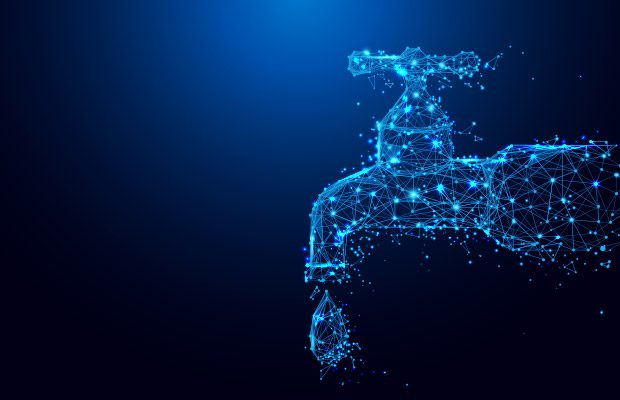
WATER & FUTURE
The condition of all life. The birthplace of agriculture, culture, and commerce. Producer of pleasure and joy. It is difficult to name a substance that is more important than water.
H2O. Everyone knows the formula. Water is such a central element in our daily lives that its importance is not noticed until we stop to think about what would not be done without it. We cook pasta and potatoes in it, wash ourselves and the floors with it, heat our houses and throw steam, cool drinks, and put out fires.
Water cleans, dissolves, heats, and cools. It is the source of food. It offers joy and enjoyment. Our sport likes to swim, dive, boat, skate…
As a species, man is completely dependent on water. We will survive some weeks without food, but without water for up to days. A large part of our body weight is water. It is about 75 percent of the weight of a newborn, and 60 percent of a muscular man. Age and body composition affect the amount of water.
Most of the water is stored in our cells. It is eliminated from our body by evaporation from the skin and through the respiratory tract, sweat, urine, and feces. To maintain fluid balance, an adult should drink an average of about 1 to 2 liters of water daily.
We now know that a water molecule contains two hydrogen atoms bonded to one oxygen atom. Unlike other substances found on Earth, water has three states in its natural state: solid or ice, liquid or water, and gas or water vapor.
The first highways
Amazon, Nile, Tigris, Euphrates, Yangtze, Ganges, Congo, Mississippi, Rhine, Thames, Volga EPA Whether you mention the name of any great river in the world, images of great cultures and inventions immediately come to mind.
The biggest of all is Amazon. Although it competes for the title of the world’s longest river with the Nile – both flowing over 6,000 miles – the Amazon’s water masses are higher than any other river in the world. It carries more water than the Nile, Yangtze and Mississippi combined.
It can be said that water has created human culture, trade, and agriculture. Rivers can be considered the first highways in the world. Along with them, man has walked long before the first actual roads. Rivers have moved both goods and ideas. Without rivers and waterways, hardly any culture would exist as we know it now.
Different shapes
Although water is the most common substance on earth, the majority of it is unfit for human consumption. 97% of the world’s water is saline. Fresh water is less than three percent, and only about one percent of it is readily available for drinking water or irrigation, for example.
There is no shortage of water, but in the future, one of the great challenges for humanity will be the adequacy of water, especially for food production.
Most of the world’s freshwater reserves are on ice. Antarctica – the world’s largest ice sheet – is locked in more than 60 percent of all the world’s freshwater. Another large water reserve is at the North Pole. The mountainous region of Asia formed by the Himalayas, Karakorum, and Hindukush may be best known to us from its highest peaks in the world, such as Mount Everest, but the region is also called the “third hub”.
Water provides a framework for the development of new, climate-neutral technologies. Heat can be recovered from it. Helen collects waste heat from, among other things, treated wastewater, industrial processes, data centers and real estate.
Water also acts as a battery-like energy store. Excess heat can be recovered for later use for heating. This year, Helen’s new Mustikkamaa cave heat storage will be completed.
In electricity generation, hydropower acts as a valuable control resource. It will make it possible to introduce other forms of renewable energy more widely than would be possible without this room for maneuver.
In their own daily lives, their water footprint can be reduced by favoring vegetarian food, reducing food waste, favoring domestic products, and consuming it in moderation in general. Our way of life has an impact on the state of the world’s waters and the adequacy of fresh water.